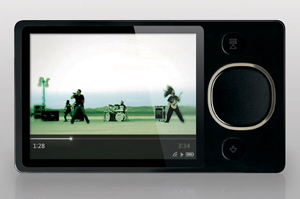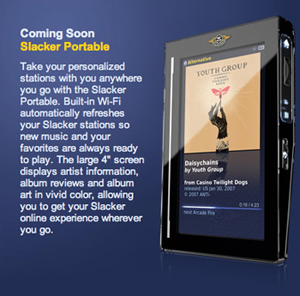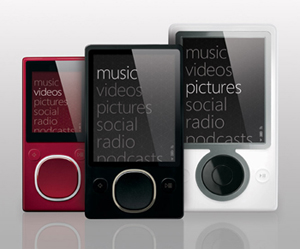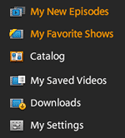 Azureus announced today that it has opened up its online video distribution platform, Vuze (see our earlier review), offering content producers, big and small, the chance to distribute and monetize their content in a variety of ways including ad-supported streaming and download-to-own. The company also revealed that it has reached the milestone of 10 million unique downloads for its Mac and Windows-based client, with the company adding 2 million new “viewers” in September alone.
Azureus announced today that it has opened up its online video distribution platform, Vuze (see our earlier review), offering content producers, big and small, the chance to distribute and monetize their content in a variety of ways including ad-supported streaming and download-to-own. The company also revealed that it has reached the milestone of 10 million unique downloads for its Mac and Windows-based client, with the company adding 2 million new “viewers” in September alone.
Dubbed the Vuze Open Entertainment Platform, content creators can mix and match from a variety of business models: free or ad-supported streaming and downloads, as well as paid-for rental and download-to-own. Additionally, producers can decide whether or not to employ Windows Media DRM, and Vuze soon hopes to be able to offer watermarking as an alternative.
In a phone briefing, Azureus CEO Gilles BianRosa told me that since we’re in the very early days of online video, the Vuze platform is designed to help content creators experiment with digital distribution and the various associated business models. For example, a producer might choose to offer a lower quality version of their program as a free download and charge for the HD-version.
Vuze’s PC-to-TV strategy
I asked BianRosa if, like a number of its competitors, the company had any plans to offer its service via a set-top-box, in order to make it easier to get Vuze content onto a television. BianRosa explained that there a number of reasons why doing so was not currently a priority.
Continue reading »
 It’s October, and you know what that means. No, not the World Series.
It’s October, and you know what that means. No, not the World Series.  “PC-to-TV”-type devices, often referred to as media extenders, have been around for a number of years, and yet have failed to reach anything like mass adoption. The reason, argues Tim Lee
“PC-to-TV”-type devices, often referred to as media extenders, have been around for a number of years, and yet have failed to reach anything like mass adoption. The reason, argues Tim Lee  The unveiling of Microsoft’s
The unveiling of Microsoft’s  There’s been a lot of activity lately in the portable music player market. Just yesterday Microsoft unveiled its second generation Zune. And market leader Apple refreshed its entire line of iPods last month. One anticipated player, however, is still missing in action: the Slacker Player.
There’s been a lot of activity lately in the portable music player market. Just yesterday Microsoft unveiled its second generation Zune. And market leader Apple refreshed its entire line of iPods last month. One anticipated player, however, is still missing in action: the Slacker Player. Guess what television? You may not love the internet, but the internet loves you. Stop sending us takedown notices!
Guess what television? You may not love the internet, but the internet loves you. Stop sending us takedown notices! Microsoft unveiled three new second-generation
Microsoft unveiled three new second-generation  Thank you, TV Guide. Finding television video clips on the Internet just got a whole lot easier.
Thank you, TV Guide. Finding television video clips on the Internet just got a whole lot easier. Earlier this week Adobe made available for download a
Earlier this week Adobe made available for download a  The Adobe Media Player combines a channel guide, streaming video player and video podcast client into a single desktop application, which, since it’s built on top of the AIR platform, runs on both a Mac or PC.
The Adobe Media Player combines a channel guide, streaming video player and video podcast client into a single desktop application, which, since it’s built on top of the AIR platform, runs on both a Mac or PC.